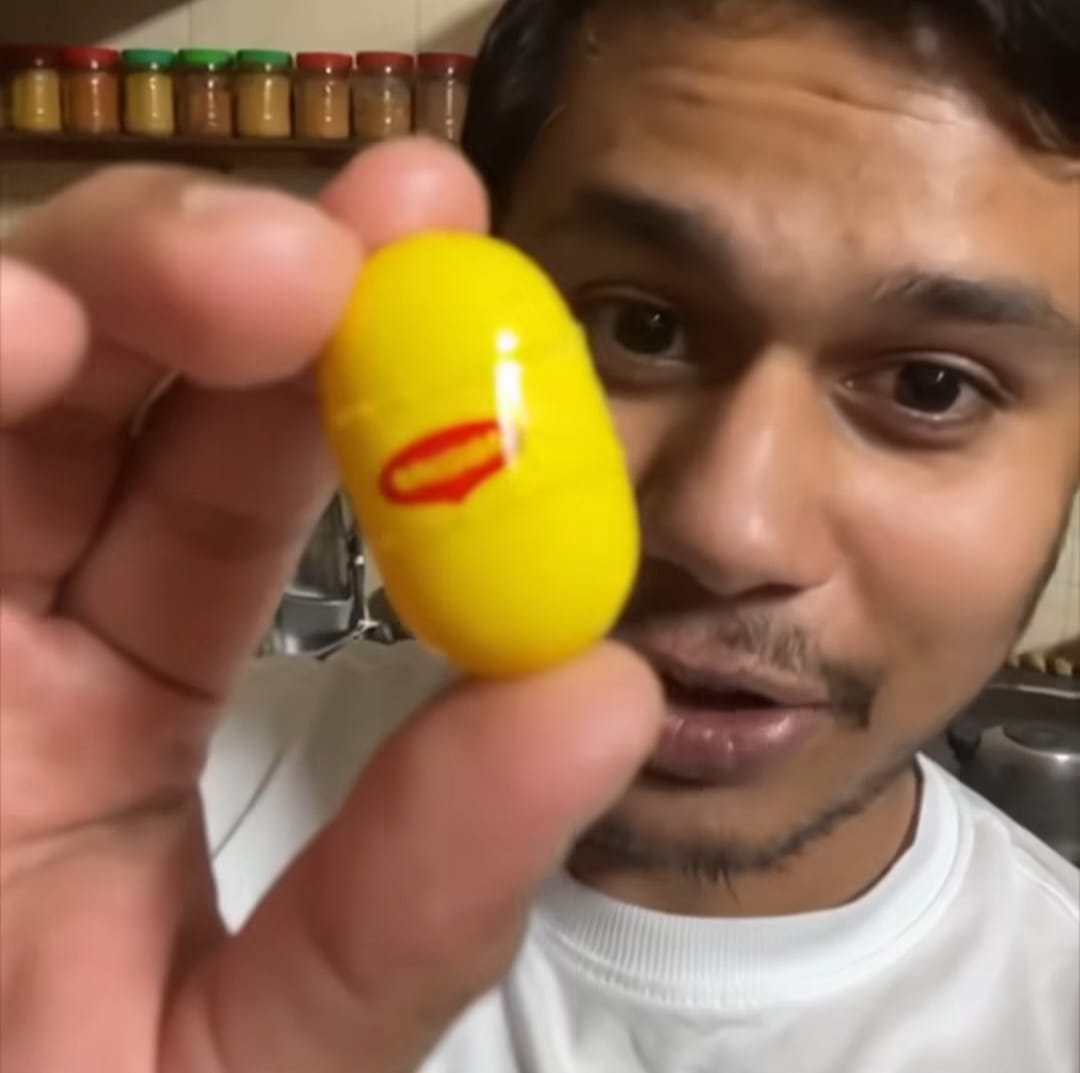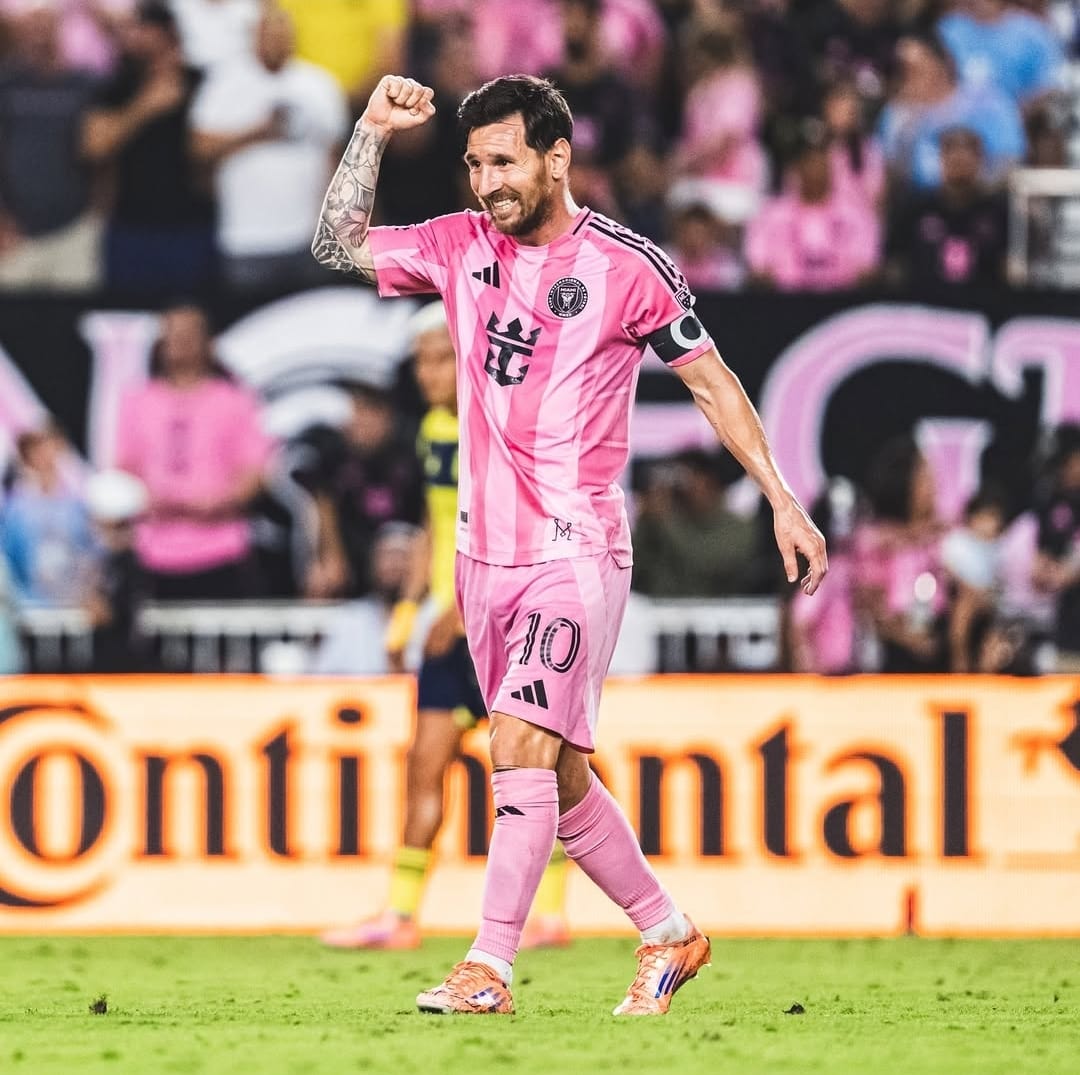1. Mixing the ingredientsTake all dry ingredients together in one bowl, and whisk the wet ones in another. Make a well in the dry ingredients, and pour the wet ones into it gently. Stir only till the ingredients are just moistened. The gluten in the floor tends to develop as soon as it comes in contact with the liquid. With over mixing, the gluten becomes tough, giving you tough and chewy pancakes.(Also Read:How to Make Delicious Savoury Pancakes for a Wholesome Breakfast)
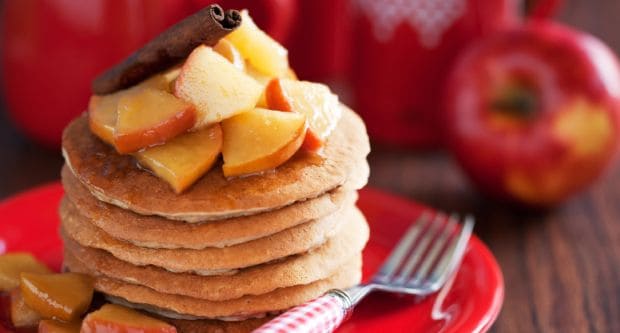
2. Resting your ingredients
Resting your batter for about half an hour before cooking your pancakes is important for light and fluffy pancakes. This allows the starch cells to swell up with the moisture which will burst when they hit the heat giving the much loved fluffy lightness.
3. Temperature of the panIt is recommended that you pour the batter on to the pan, only when it is sufficiently hot. However, make sure that the pan is not smoking hot for the pancakes else they'll turn brown very quickly and may remain under-cooked. You can use a minimal coating of butter. Unsalted butter, for its whey content doesn't burn so easy. A mix of butter and oil is also less likely to burn so easily.(Also Read:10 Best Pancake Recipes)
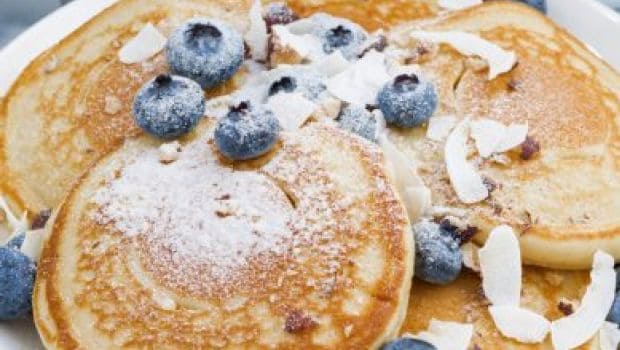
Make sure the pan is sufficiently hot for the pancakes
4. Heat-distributionFor even heat distribution , it is recommended to use a heavy non-stick griddle or well-seasoned cast-iron skillet.
5. Spread out the batterAfter pouring the batter on to the pan use a ladle, measuring cup, or squeeze bottle to portion out the batter. You can also make a small test pancake at first to check the temperature and regulate accordingly.
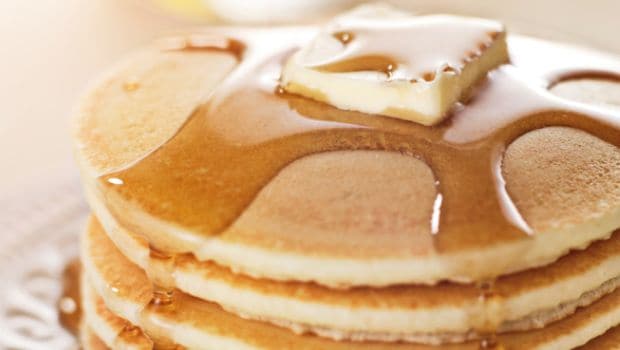
Use a ladle, measuring cup, or squeeze bottle to portion out the batter of pancake
6. Know when to flipWhile we understand your excitement to just dig into your pancakes as soon as possible, it is essential to know that you must not flip them too soon and flip them too often. A good pancake needs to be flipped only once (unless you have been too hasty in giving the cakes their first flip). You can turn it over when it's dry around the edges and bubbles have formed over the top. You can also give a quick peek to see if the bottom is golden brown before you flip it. The second side tends to cook faster than the first as your pan is sufficiently hot by then.
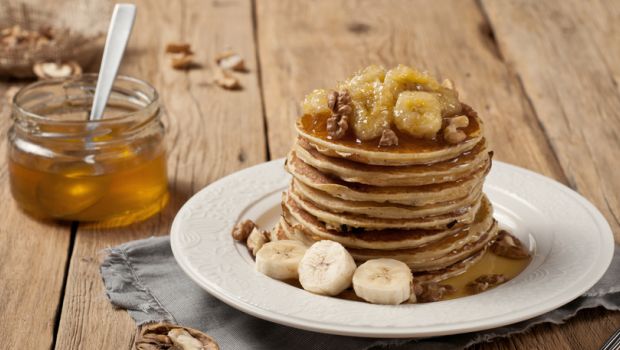
About Sushmita SenguptaSharing a strong penchant for food, Sushmita loves all things good, cheesy and greasy. Her other favourite pastime activities other than discussing food includes, reading, watching movies and binge-watching TV shows.
